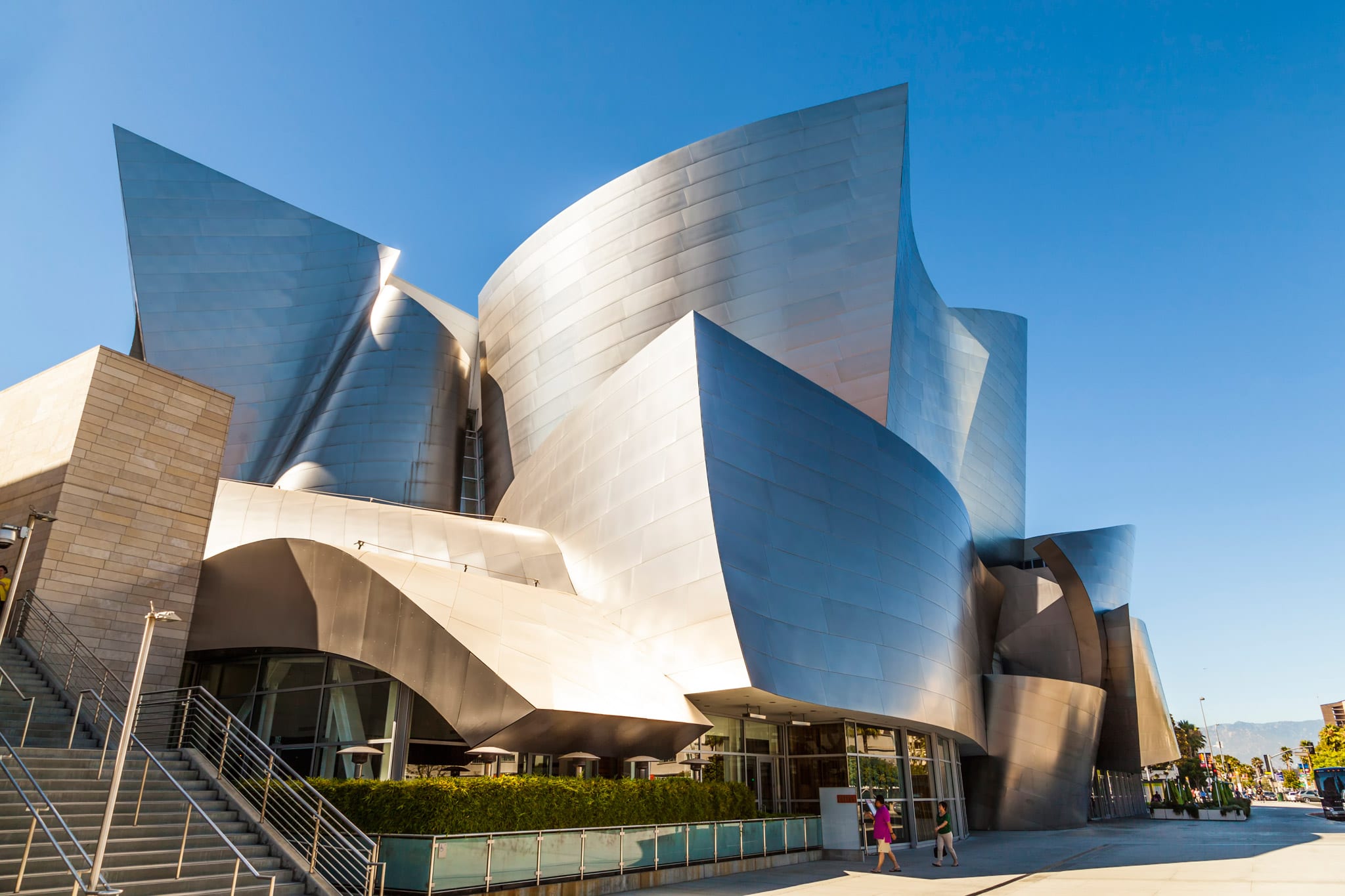Discover Innovative Layouts with Leading CDA Architects for Your Following Project
Discover Innovative Layouts with Leading CDA Architects for Your Following Project
Blog Article
A Comprehensive Review of Architectural Styles and Their Impact on Modern City Preparation and Development
Building styles have long served as a mirror to the societal values and technical advancements of their time, playing an essential duty in forming contemporary city planning and development. From the splendour of Neoclassicism to the utilitarian approach of Brutalism, each style has actually presented special concepts that influence city aesthetics and capability.
Historic Review of Building Designs
Throughout history, architectural styles have advanced in action to cultural, technical, and ecological variables. Each period shows the dominating values, beliefs, and innovations of its time, causing an abundant tapestry of layout that indicates human imagination and adjustment. The ancient human beings, such as the Egyptians and Greeks, developed fundamental designs that highlighted proportion and proportion, offering both functional and aesthetic purposes.
As societies transitioned with the Center Ages, Gothic style emerged, identified by its verticality and elaborate detailing, mirroring the spiritual ambitions of the period. The Renaissance marked a revival of classical perfects, combining art and architecture in cutting-edge means that affected subsequent styles throughout Europe.
The Industrial Transformation presented brand-new materials and building and construction techniques, triggering movements like Modernism, which challenged standard forms and welcomed simplicity and functionality. The 20th century saw a diversity of designs, with Postmodernism reacting against the stark minimalism of its precursor, integrating historical recommendations and eclectic components.
Today, architectural styles remain to progress, driven by globalization and sustainability problems, showing a vibrant interaction between heritage and technology. This historic summary underscores the relevance of design as a mirror of societal evolution and as a driver for city growth.
Trick Architectural Styles Explained
The diversity of building styles shows the myriad influences that shape our constructed setting, each embodying unique qualities and social significances. Secret architectural styles consist of Classic, Gothic, Baroque, Innovation, and Postmodernism, each standing for one-of-a-kind historical contexts and aesthetic ideologies.
Classical design, rooted in old Greece and Rome, emphasizes proportion, proportion, and making use of columns. In comparison, Gothic style, growing in the center Ages, is defined by pointed arcs, ribbed vaults, and flying buttresses, developing a heavenly top quality in sanctuaries. Baroque architecture, emerging in the 17th century, is noted by splendour, sophisticated embellishment, and a dynamic interplay of light and darkness.

Recognizing these designs supplies insight right into the cultural stories and technical developments of their particular ages, highlighting just how style serves not equally as a shelter, yet as a representation of societal worths and desires.
Influence On Urban Planning
In shaping the advancement of cities, architectural designs substantially influence urban preparation decisions. The choice of building style usually determines the appearances, capability, and total personality of city settings.
In addition, building styles can affect zoning regulations and land utilize policies. Urban coordinators should consider the dominating building patterns when developing areas, making certain that brand-new advancements integrate with existing frameworks. This factor to consider fosters cohesive city landscapes and improves neighborhood identification.
The application of specific building styles can additionally affect socioeconomic variables within a city. High-end modern styles may bring in affluent citizens and services, leading to gentrification, while extra budget-friendly housing remedies could focus on useful and lasting layouts to fit diverse populations. Inevitably, the interaction between architectural designs and city planning creates dynamic cities that reflect both historic context and contemporary needs, shaping the lived experiences of their citizens.
Sustainability and Modern Architecture
Building designs play a read the full info here crucial role in addressing modern obstacles, particularly in the world of sustainability. As city locations broaden and environmental problems escalate, modern design increasingly embraces sustainable design concepts that prioritize energy efficiency, source preservation, and minimal eco-friendly impact.
Contemporary building activities, such as biophilic design and green style, supporter for frameworks that balance with their environments, making use of natural products and promoting biodiversity - cda architects. These designs usually integrate renewable energy sources, such as solar panels and wind generators, to decrease dependence on nonrenewable fuel sources and reduced carbon impacts
Moreover, the integration of advanced innovations, such as clever structure systems, improves power administration, optimizing source usage while making certain owner convenience. Cutting-edge water administration techniques, including rainwater harvesting and greywater recycling, further add to sustainable urban environments.
Significantly, sustainability expands beyond ecological problems; it encompasses social and economic measurements too. By cultivating area health and advertising inclusivity, modern-day architectural styles align with lasting advancement goals. Subsequently, useful site the evolution of architectural techniques continues to shape durable cities that not just satisfy the requirements of the existing however additionally guard the future for generations ahead.
Community Engagement in Design
Community engagement in design offers as an essential bridge in between architects and the populations they offer, ensuring that the developed environment shows the requirements and goals of its users. This joint process welcomes community participants to add their insights and choices, promoting a feeling of ownership and duty towards the areas they occupy.
Efficient community engagement uses different methods, such as workshops, surveys, and public discussion forums, to collect diverse point of views (cda architects). These strategies facilitate a two-way discussion, permitting architects to recognize regional contexts while encouraging locals to articulate their problems and wishes. This inclusivity not just boosts the design quality yet also advertises social equity by dealing with the one-of-a-kind obstacles dealt with by marginalized teams

Final Thought
Building styles have actually exceptionally influenced modern city planning and development, mirroring advancing social and technological contexts. basics The integration of historic aesthetics with contemporary demands promotes metropolitan atmospheres that prioritize sustainability and community engagement. As cities continue to expand and adapt, the ongoing discussion between architectural heritage and modern style principles will remain crucial in developing comprehensive, dynamic spaces that enhance lifestyle and promote social equity. The future of city growth depend upon this unified balance.
Report this page